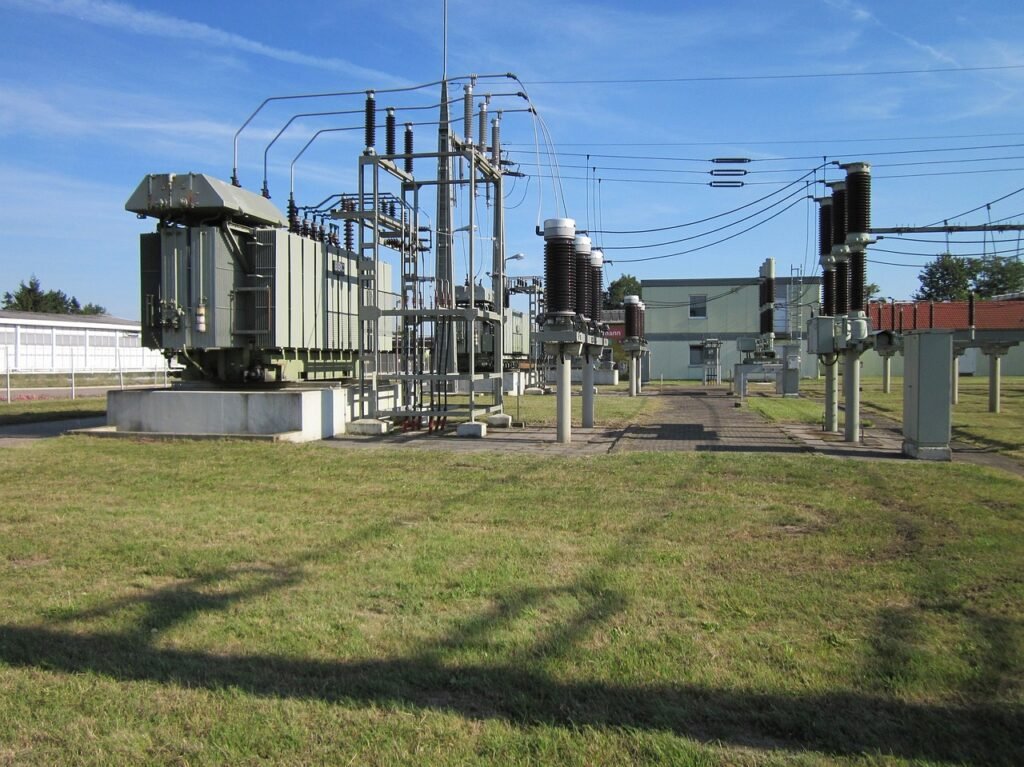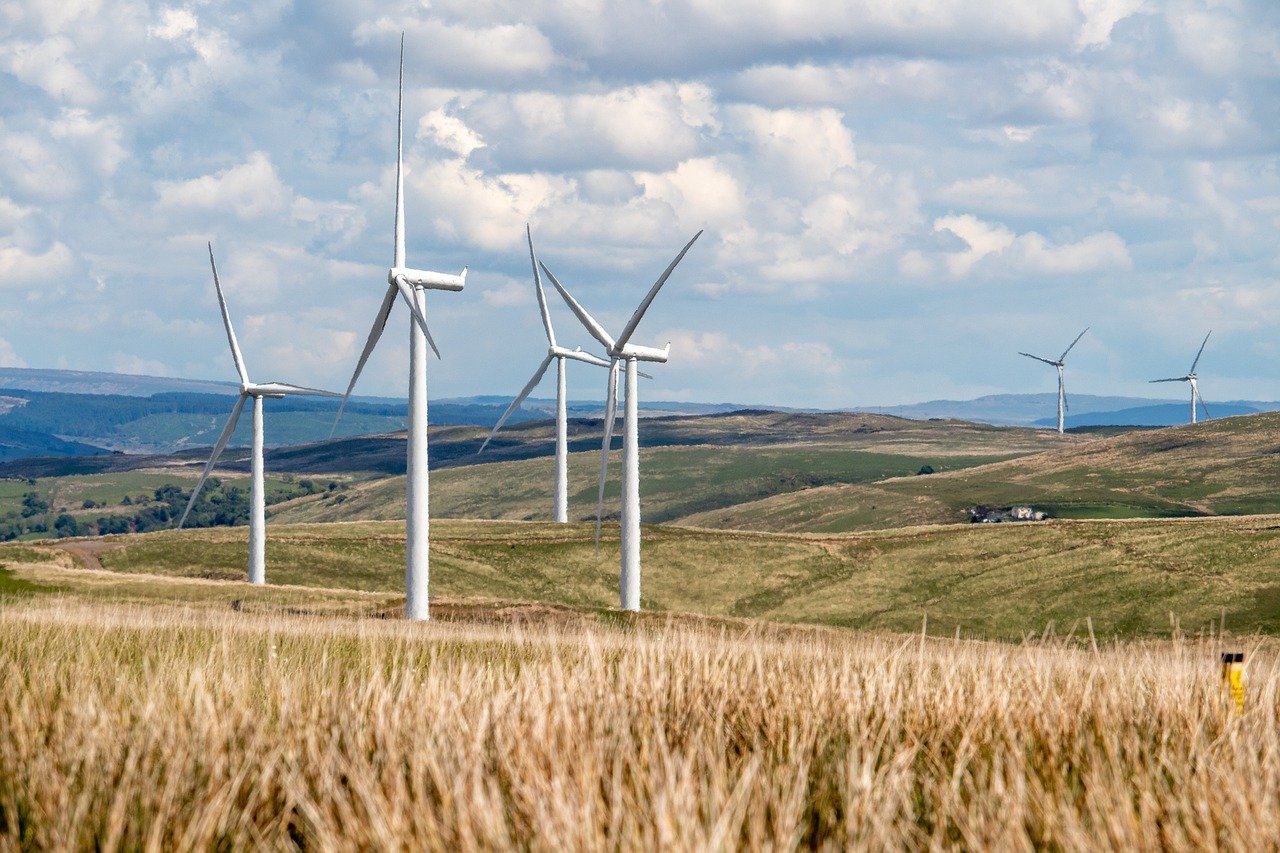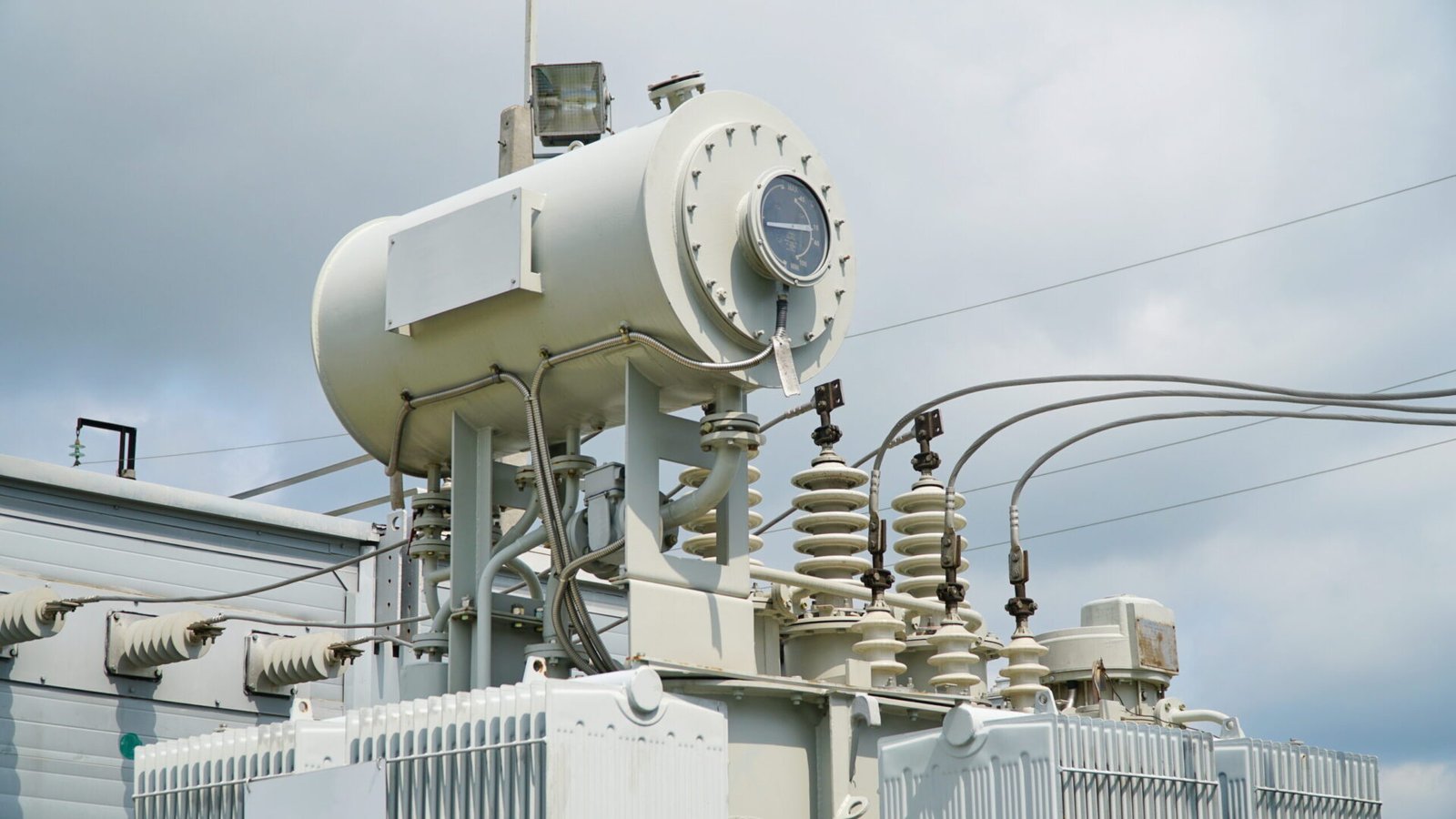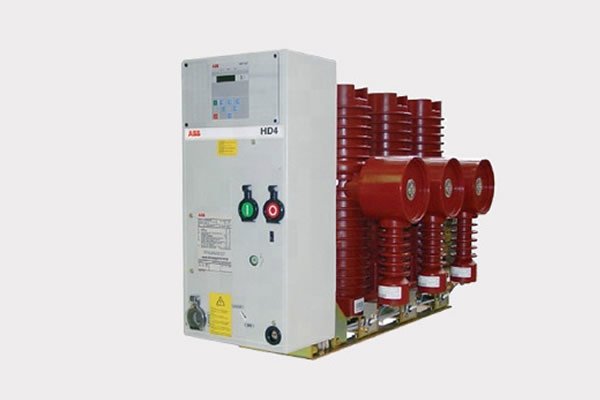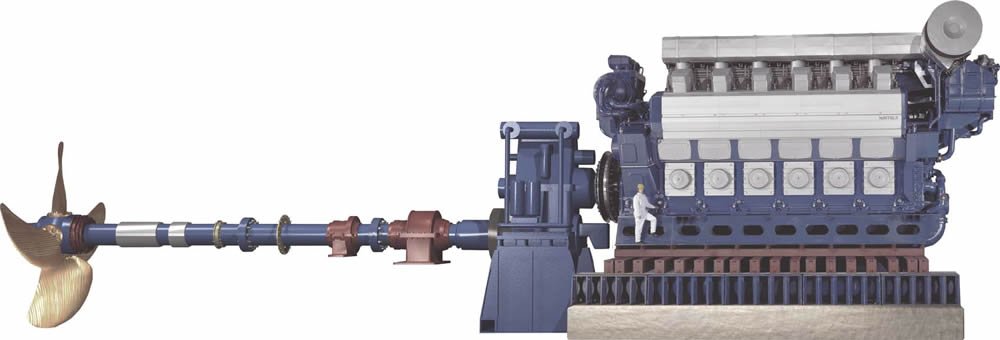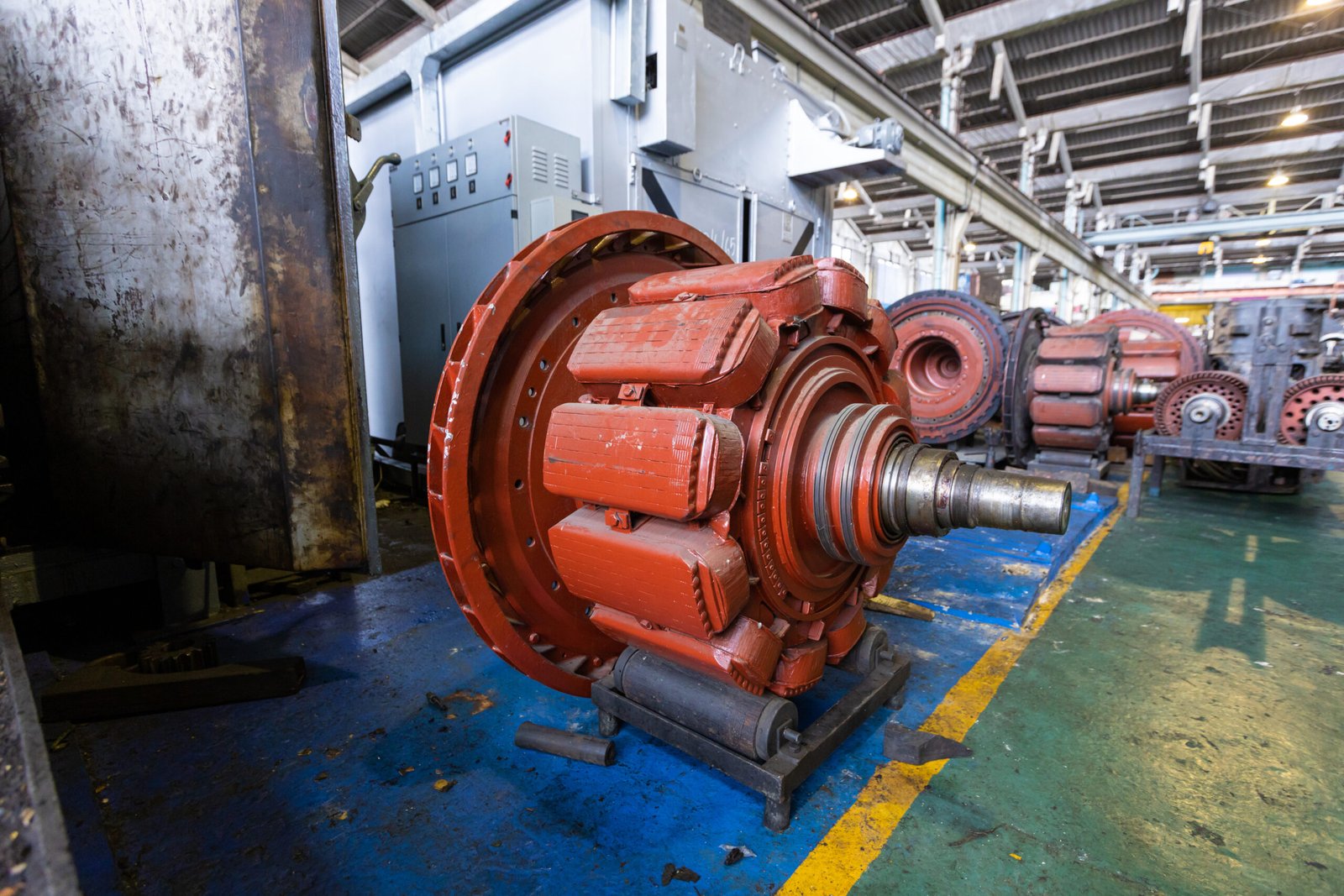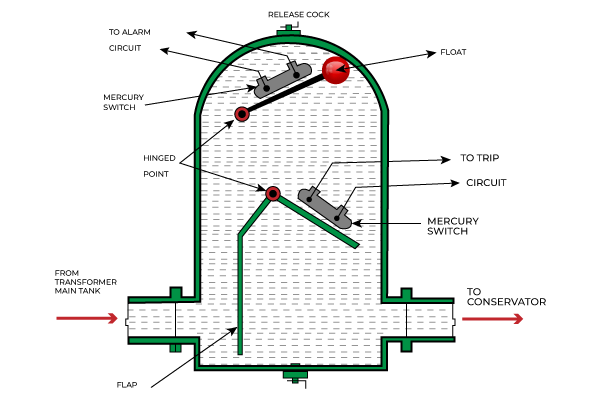Installing a substation requires adequate knowledge and proper experience. But to know the basics we can study certain components of the substation. The main components are as follows:
1. Transformers:
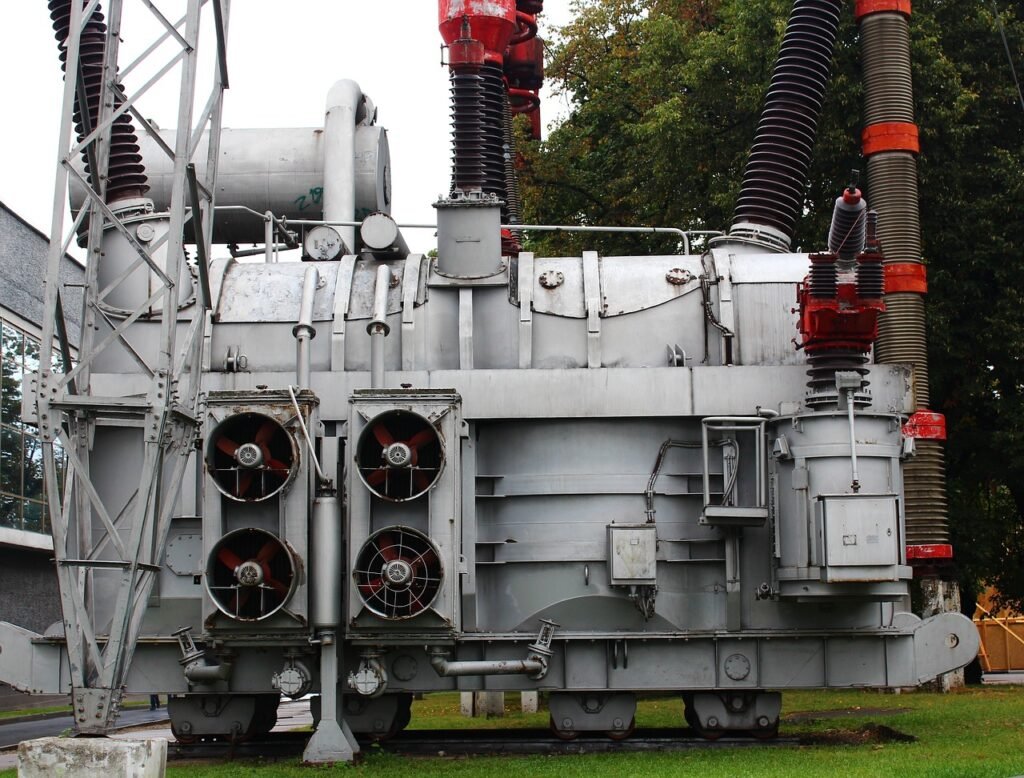
Transformers are crucial components in substations for voltage conversion. They either step up the voltage for long-distance transmission to reduce power losses or step down the voltage for safe distribution to consumers. Substations may have multiple transformers depending on the capacity and requirements of the electrical grid they serve.
2. Circuit Breakers:
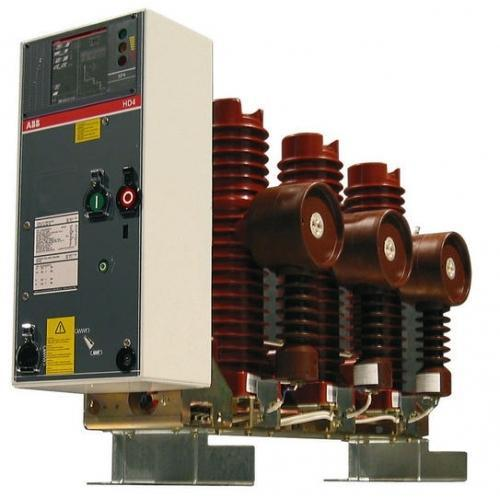
Circuit breakers are electromechanical devices designed to protect the electrical system from overloads, short circuits, and other faults by interrupting the flow of electricity when necessary. They come in various types including air circuit breakers, oil circuit breakers, vacuum circuit breakers, and sulfur hexafluoride (SF6) circuit breakers, each suited for different voltage levels and applications.
3. Switchgear:
Switchgear encompasses a range of electrical equipment used to control, protect, and isolate electrical circuits in the substation. It includes switches, fuses, circuit breakers, and relays, and is essential for the safe and reliable operation of the electrical system.
4. Busbars:
Busbars are conductive bars or strips that carry electrical current within the substation. They connect various components such as transformers, circuit breakers, and switchgear, facilitating the distribution of power throughout the substation.

5. Isolators/Disconnect Switches:
Isolators or disconnect switches are used to physically disconnect equipment or sections of the electrical system for maintenance, repair, or safety purposes. They ensure that electrical equipment can be de-energized safely when needed.
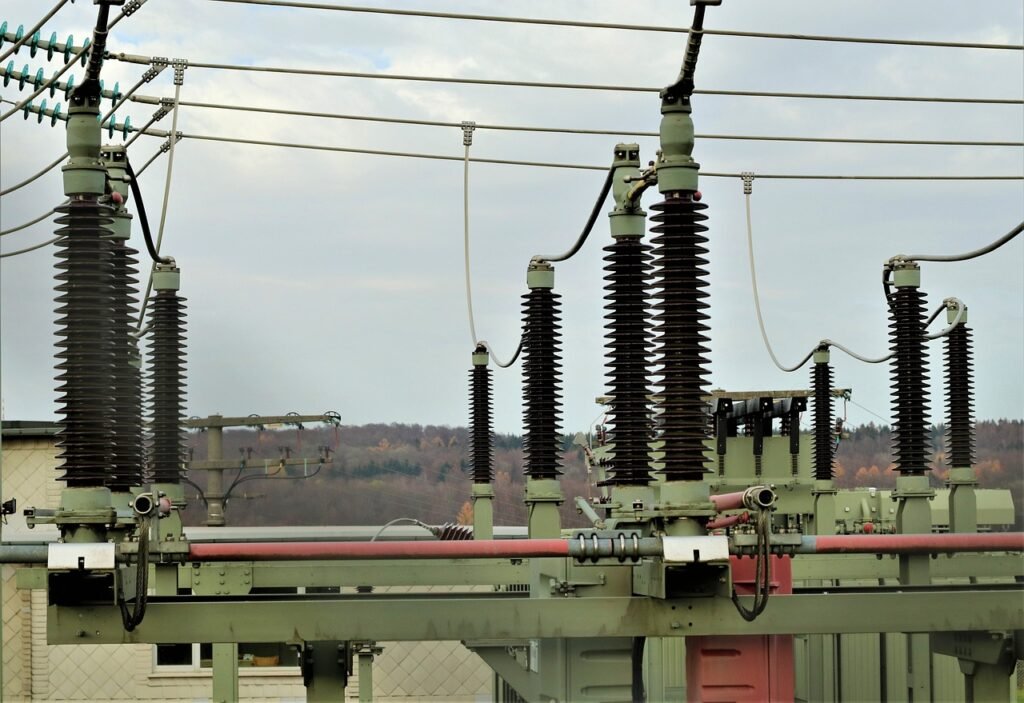
6. Protection Relays:
Protection relays continuously monitor electrical parameters such as voltage, current, and frequency to detect abnormal conditions. When they sense a fault, they send signals to circuit breakers or other protective devices to isolate the faulty section and prevent damage to equipment and the electrical system.
7. Control Room:
The control room serves as the nerve center of the substation, housing equipment for monitoring and controlling its operation. Operators use control panels, communication systems, and monitoring devices to oversee the substation’s functions and respond to alarms or emergencies.
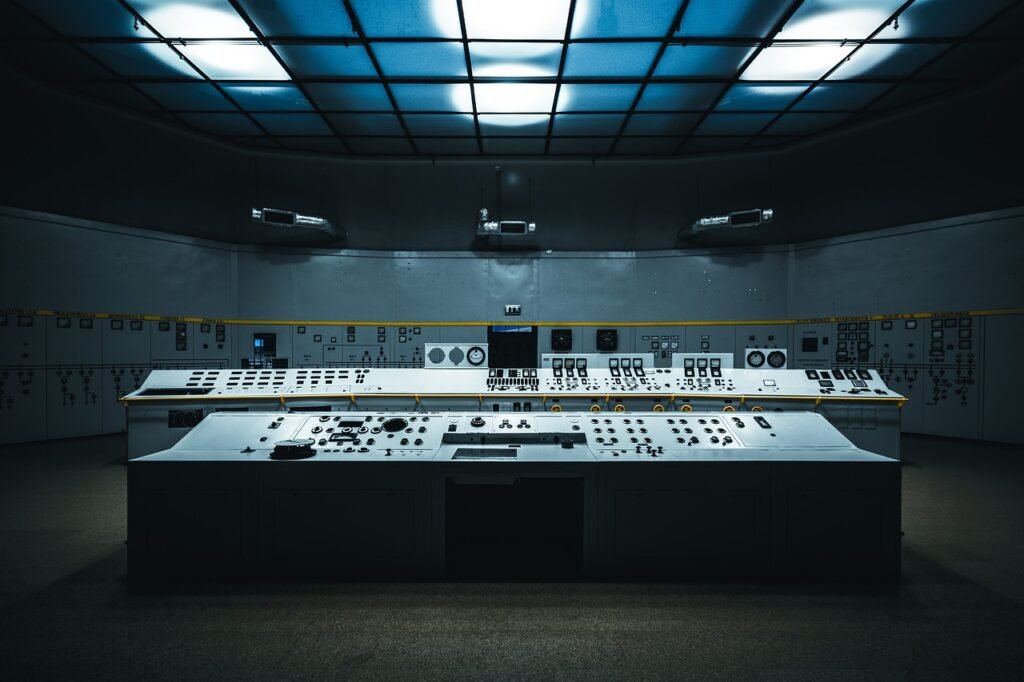
8. Grounding System:
The grounding system provides a low-resistance path to the earth for fault currents, ensuring the safety of personnel and protecting equipment from damage due to lightning strikes or electrical faults. Grounding rods, conductors, and grounding grids are common components of a substation’s grounding system.
9. Metering Equipment:
Metering equipment measures the flow of electricity through the substation, providing data for billing, monitoring, and system analysis purposes. It includes meters, current transformers, and voltage transformers installed at various points within the substation.
10. Power Transformers:
Power transformers are specialized transformers used for voltage regulation, phase conversion, or other specific purposes within the substation. They may be single-phase or three-phase and vary in size and capacity depending on the application.
11. Control and Protection System:
The control and protection system comprises relays, control panels, communication equipment, and software for monitoring and controlling the substation’s operation. It allows operators to remotely monitor and manage the substation’s functions, respond to alarms, and implement protective actions as needed.
12. Enclosures and Structures:
Substations are often housed within enclosures or buildings to protect equipment from environmental factors such as weather, moisture, and vandalism. Structures such as support towers or poles may also be necessary for supporting overhead transmission lines or other equipment.
These components work together seamlessly to ensure the safe, reliable, and efficient distribution of electricity from the power grid to consumers, playing a vital role in the functioning of the electrical infrastructure.

